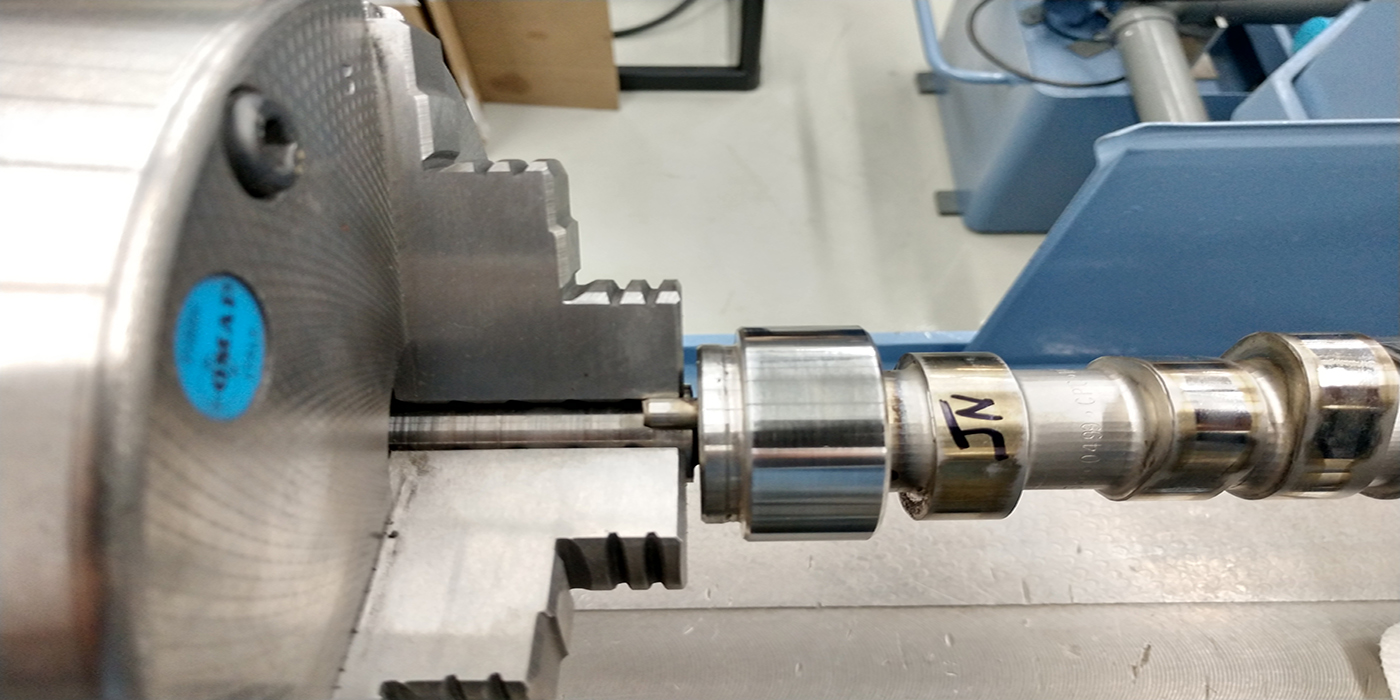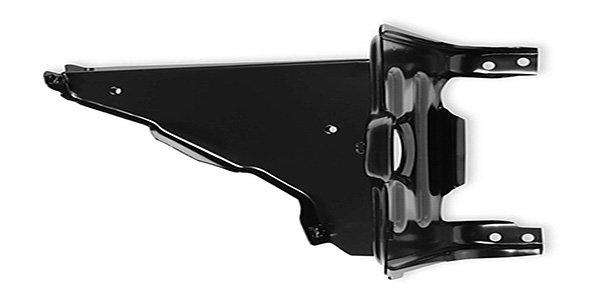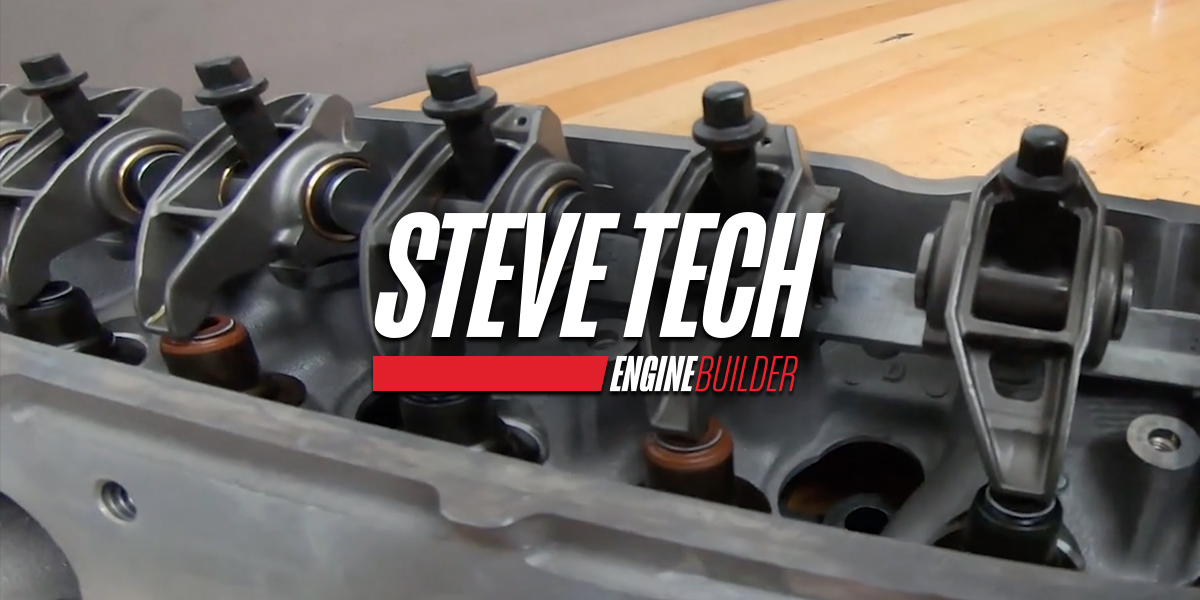Years
ago, an import shop could consider its shelves well-stocked if it
contained a selection of single-viscosity oils in detergent or
non-detergent blends. Today, a shop owner is confronted with stocking a
variety of multi-viscosity oils, including 0w-20, 0w-40, 5w-20, 5w-30,
10w-30, 10w-40, 15w-40 and 20w-50, not to mention stocking some of
these viscosities in synthetic and non-synthetic bases.
Although the
number of oil viscosities currently available is bewildering, it’s also
important to remember that the most important factor in selecting motor
oil for specific applications is the quality of the oil’s base stock
and its particular blend of additives.
With that in mind, it’s
also important to remember that motor oil must efficiently perform at
least six different jobs in the engine’s crankcase. It must, for
example:
1) reduce friction between moving parts;
2) seal piston rings
against the cylinder wall;
3) cool pistons and engine bearings;
4)
cushion bearings against shock loading;
5) clean sludge and varnish
from engine parts; and
6) prevent corrosion while an engine is parked
or in storage.
In addition, application-specific oils might, for
example, be formulated to prevent piston rings from sticking or the
camshaft from scuffing in particular applications.
MODERN ENGINE LUBRICATION
Before
we begin to understand the need for so many different engine oils, it’s
necessary to understand the lubrication requirements of modern engine
design. The primary difference between a modern engine and one of two
or three decades ago are greatly reduced oil clearances in bearings,
pistons and piston rings, more precise machining and higher power
output per liter of displacement.
Because modern engines depend
upon three-way catalytic converters to reduce exhaust emissions, it’s
particularly important to prevent oil, oil ash and oil additives from
entering the exhaust stream and contaminating the converter.
To reduce
oil consumption, engine manufacturers have greatly reduced piston,
crankshaft and valve guide clearances. They’ve done this, for example,
by using hypereutectic materials in some piston designs;
precision-boring and honing of cylinder walls; micro-polishing of
crankshaft journals; and using more durable materials in valve guides
and valve guide seals.
In all cases, oil viscosities have been
reduced to flow through tighter engine clearances during start-up and
cold-engine operation. Other, less visible issues also affect how oil
is formulated. Engines with hydraulic lifters, hydraulic timing chain
tensioners, and variable camshaft timing, for example, require
anti-foaming agents to prevent the oil from retaining air bubbles that
reduce the efficiency of these mechanisms.
Because overall
volumetric efficiency has been vastly improved during the past several
decades, engines are designed to operate at crankshaft speeds and
bearing loads unheard of a decade ago. Unfortunately, many of the
additives used a decade ago to increase the load-bearing, anti-scuff
and anti-shearing capabilities of conventional motor oils have been
reduced or eliminated from oil formulations to prevent damage to the
catalytic converter.
Modern overhead-camshaft engines don’t, however,
require as much anti-scuff and anti-shear qualities in motor oil to
reduce camshaft wear as do older pushrod engines.
In addition,
the oil change intervals of modern engines have doubled or tripled in
length, so modern motor oil is required to have a longer-lasting
additive package than ever before. Without adequate additives,
conventional oils tend to oxidize and lose their detergency long before
the oil change interval expires. The result is the oil gelling from
oxidation or a heavy coating of sludge being deposited in the valve
train and crankcase areas.



